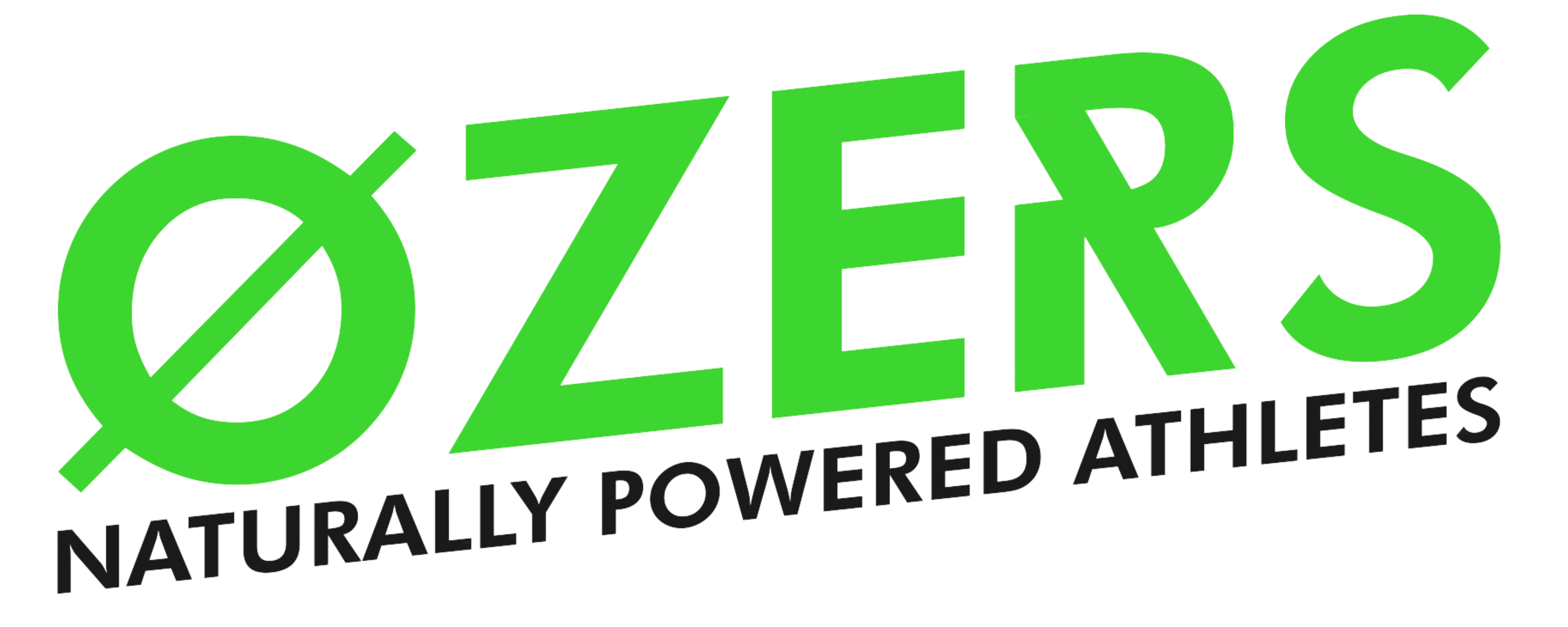Active recovery for combat sports
The practice of combat sports leads to the production of intense efforts for the human body and are often carried out in anaerobic conditions, this is the case for judo, English boxing, MMA or even karate. The consequence being that the solicited muscles acidify strongly. Studies have shown that after an intense sports session, practicing a low intensity activity allows a faster return of abilities., this is active recovery.
The benefits of active recovery
Combat sports are therefore the most demanding sports disciplines in terms of training and recovery is not lacking in the rule. Practicing a combat sport such as Ju Jitsu or judo mobilizes the whole body and is very demanding in terms of energy effort. Active recovery has many benefits. Indeed, after having done your session, devoting time to a low intensity activity allows you to maintain a relatively high blood flow which allows your muscles to be replenished with oxygen-laden blood and therefore eliminate the toxins present. . Especially since an active recovery also allows a decrease in the acidity of the muscles, or having a pH that is too low will disrupt the regeneration of energy reserves.
The ideal is to devote days in your training schedule to recovery, it is a recovery that allows us to stay in motion and avoid the slack and low morale that we often feel. the days we don't train because we can recoveractive off days if you want to stay active.
What type of active recovery after a combat sports session?
The complexity of combat sports training such as English boxing where the whole body is used makes it difficult to target a particular area, so recovery must be optimized according to the areas worked. The principle is to engage your body in a continuous effort but with a low intensity, you have to be careful that these recovery phases are not intended to prolong the effort. In general, we practice a low-intensity recovery activity (at 50% of the VMA for running) to stabilize our heart rate, we greatly reduce the intensity of the training to reaccustom our body.
- Walking: what is the simplest is often the most effective, after a boxing session, returning from the gym to your home provides a complete activity perfect for relaxing your body without rushing it and losing a few calories.
- Yoga: it is very gently that we come to recover, we work on our balance and our mobility while making our joints and muscles work.
- Cycling: at low intensity it is a very good activity to recover, practicing outdoors is to oxygenate the body and the mind perfect for feeding the muscles, a short 1 hour ride is perfect for recovering from a coaching.
- Swimming: it is the most complete activity that works the whole body without the risk of injury, the simple fact of doing lengths without a specific goal is perfect for recovery. Swimming can be practiced during the days off and not right after your boxing session as this could lead to aovertraining.
The recovery product: the NØKO Post Training
To help you in your active recovery, we advise you to take thePOST-TRAINING from NØKO Foods is ideal in the post-workout phase and will allow you to take care of yourjoints and muscles for more effective active recovery. You will find therevegetable proteins, microalgae, glycine and BCAA. It is the perfect post-workout product that provides calcium, vitamin C and magnesium that contribute to normal energy metabolism.

References
Active recovery: When, how and why https://www.sportif-mytho.com/rcupration-active-comment-quand-et-pourquoi
What is active recovery https://www.cerclesdelaforme.com/blog/coaching-sportif/c-est-quoi-la-recuperation-active/
Scrubbing: optimizing its recoveryhttps://www.broussal-derval.com/2018/11/12/le-decrassage-optimisation-de-la-recuperation/
Heyman E, B DEG, Mertens I, Meuusen R (2009) Effects of your recovery methods on reated maxmal rock climbing performance. med Sci Sports Exercise 41: 1303-1310




